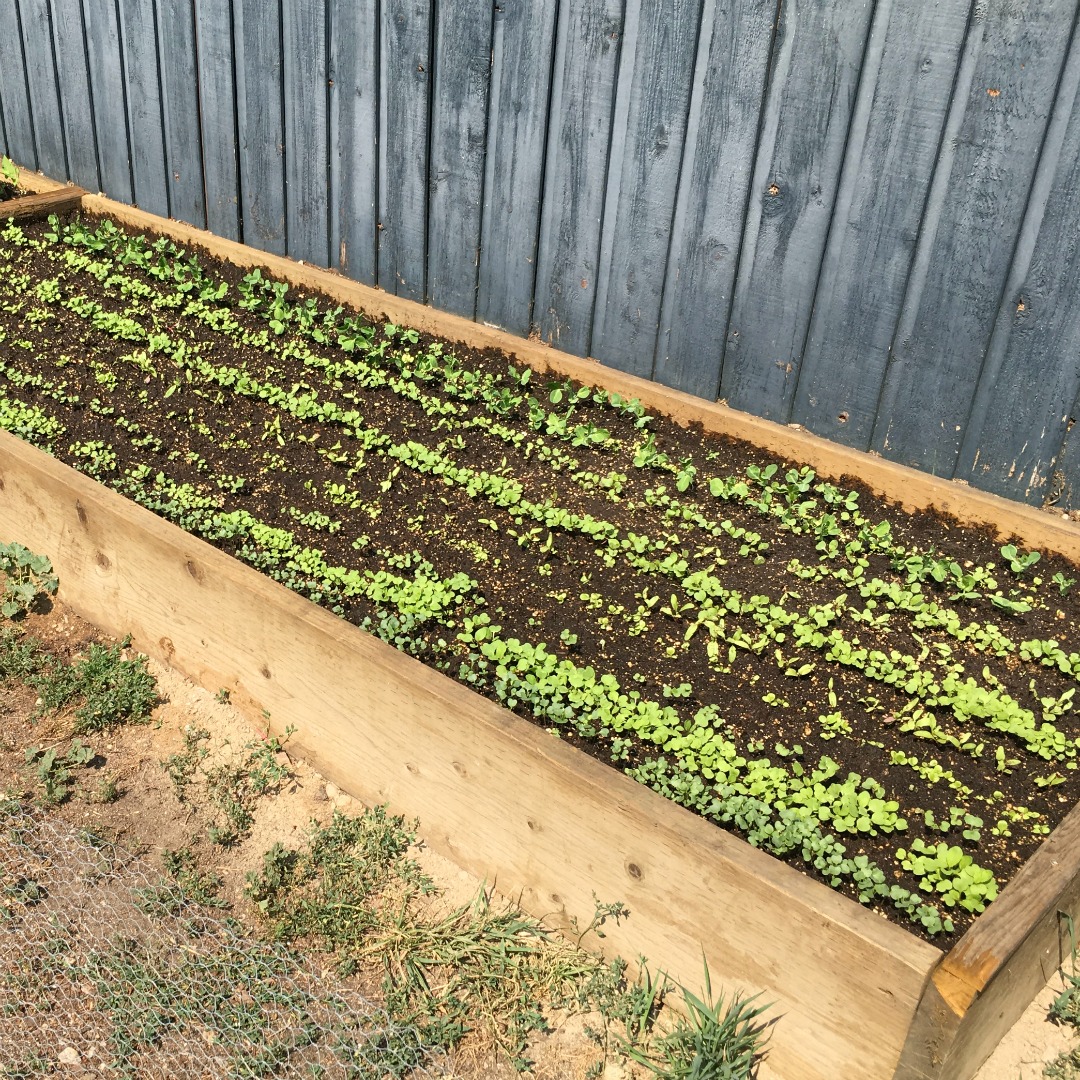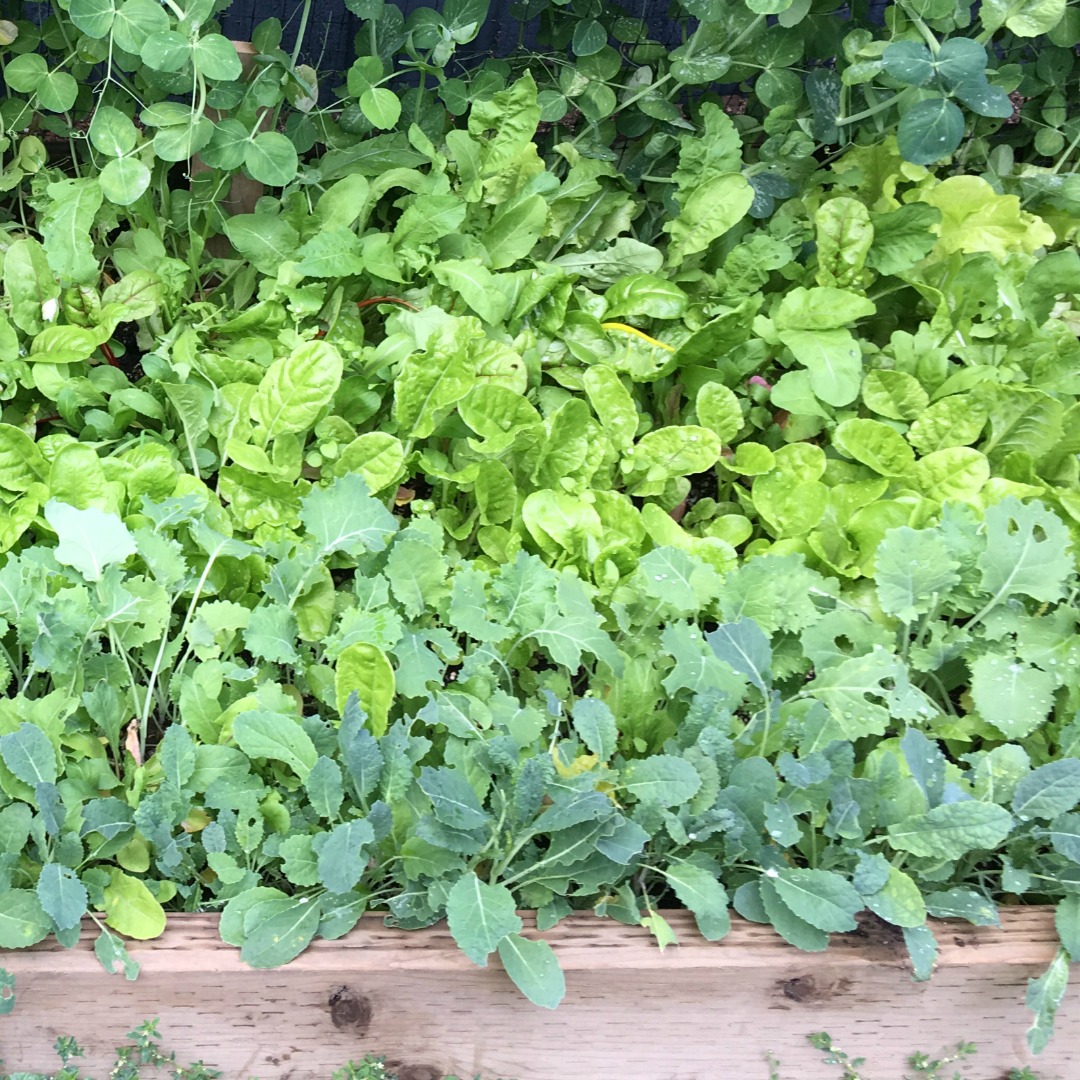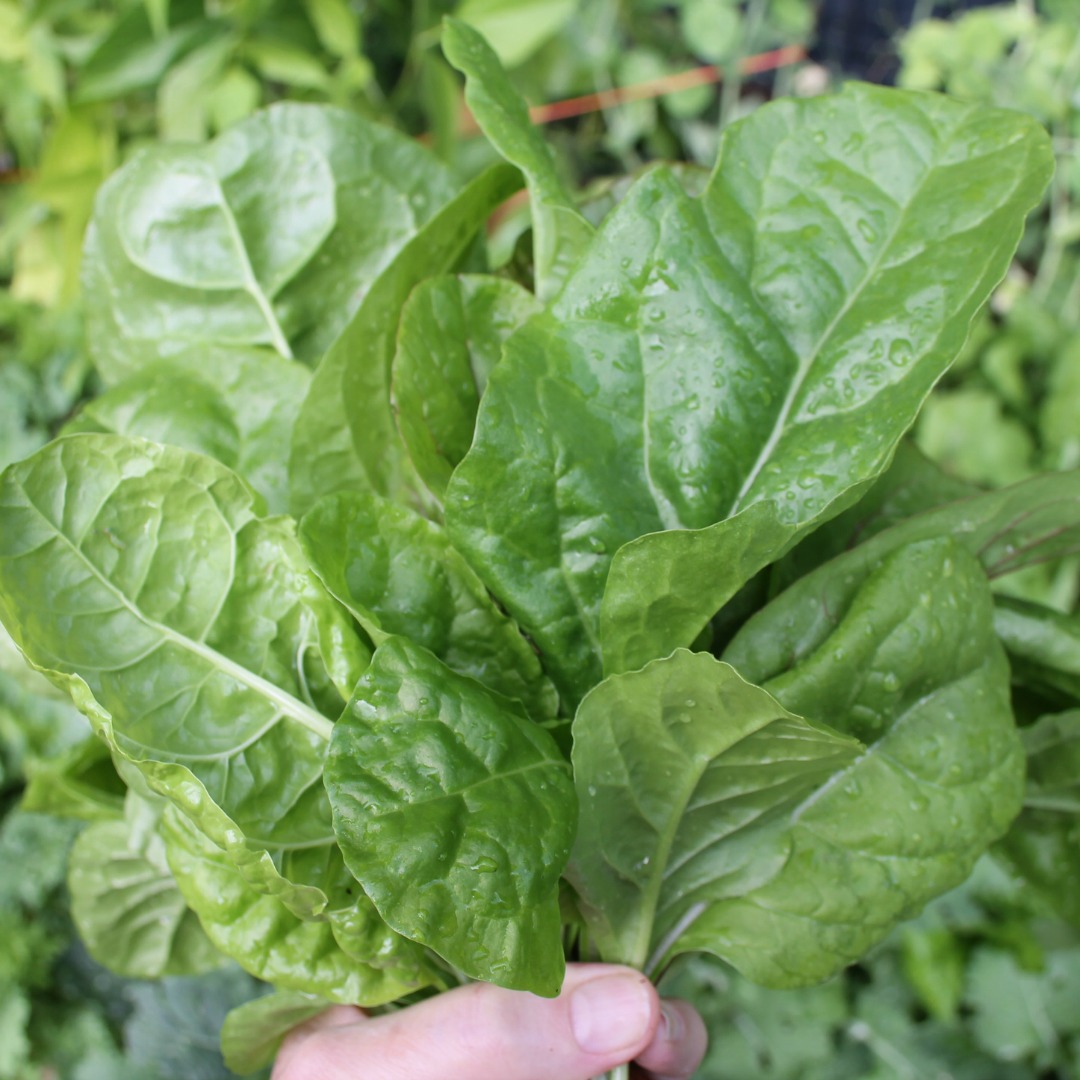Almost 20 years ago, while living in California I read a book, Four-Season Harvest: Organic Vegetables from Your Home Garden All Year Long, by Elliot Coleman. Today I own 3 or 4 of his books and another couple on the same subject.
This subject is a departure from what I usually cover here, but I think with so many stories surfacing about E Coli and “greens” and “cucumbers” that it’s time i share a little bit about how I grow my own vegetables 8 months of the year, even though I live in British Columbia, Canada about 4 hours north of the United States and Canadian border, a region that most think is too cold to grow anything outside of the end of May through the first of September.


Look at the map, chances are really good that if you are in North America and reading this you are further south than I am. Oh, and did I mention that we’re on the side of a mountain, so at a much higher elevation than most others, which means even colder temperatures, and we get 7 to 11 feet of snow.
[If you are in Nova Scotia, and even further north, don’t despair, the warming of the Atlantic Ocean gives you an edge. I have many friends there, and in other parts of the Maritimes, doing the same thing I am, extending their growing season and picking early and well into December.]
Neighbours and friends have asked me for years to document what I do, and how I do it, including many, who at first, tried to tell me that living in Canada there was no point planting any thing till the 24th of May, or even later in the season. Many who had fabulous vegetable gardens in the heat of the summer and early fall, but who harvested most, if not all, and gave up growing the first part of September, and who didn’t harvest much of anything, until well into June or July.
After reading one of Elliot Coleman’s books and realizing that he was growing vegetables in the late winter, and early spring, and very late into the fall, even into the winter, and that he was in Maine — when I moved back to Canada from Southern California, I thought it was worth a try. After all, I’ve been to Maine in the winter when it was so cold that the ski hills were closed, if he could do it, I figured, so could I. Look at the map above and note how far north Maine is.
At risk? A few packages of seeds, if it didn’t work, oh well. I’m not a gambler and I don’t buy lotto tickets, but I was willing to risk purchasing seed packages and planting them earlier than those around me, earlier than the nay sayers.
Two of my neighbours immediately embraced the concept. One who was raising livestock, keeping bees and growing vegetables organically, and is constantly reading and experimenting, and the other a cancer survivor, with a huge and wonderful organic vegetable garden, who as she thought about what i was doing, realized that her Russian immigrant mother and grandmother had used techniques to extend the growing season on both ends, both in Russia and here in Canada. Both encouraged me and experimented in their gardens.
I was always hesitant to show my first “operation” near the U.S. and Canadian border because it become, very quickly, quite large and included 2 extremely large in the ground gardens, 3 big wooden “boxes” that were the whole width of our very oversized garage, plus above ground boxes with glass frames on top, and what I called my “greenhouse”, which is an unheated greenhouse, also known as a cold frame.
My cold frame, with raised beds inside that could be covered by grow cloth and/or glass, allowed me to create “micro climates” on the property, BUT the main focus of this blog post is how to grow without any “special” tools.


I was hesitant to share, because my gardens there were NOT something that others could easily duplicate, many would say to me “That’s fine for you Marie, because you have so much room and…”, my large gardens and specialized “tools” were testing grounds for what worked and didn’t work, and for all but 4 months of the year, we picked (and shared) a wide variety of vegetables.
In our new location, with out any special coverings, any “extra” techniques, with the simplest of raised beds we’re picking greens well into December.


Our salads by the first week in April generally had, and will have again, at least 35 ingredients, all from our garden. We did that, even before I had a cold frame there, we’re doing that again here, where we don’t have a cold frame.
There we ate from the gardens until the temperatures dropped to below minus 20 celsius (- 4 Fahrenheit), even after it snowed, and again, even before we had an unheated green house. (Again, we’re doing the same here, with our raised garden bed.)
I’m writing this at the end of the first week in December and we are still picking greens for huge salads, to juice and to sauté. We’ve had extremely heavy frost, nights well below freezing, a couple snow falls (that did not stick), but even after we have snow, as long as it doesn’t hit 20 below celsius, we’ll be able to knock, the snow back and still pick things like arugula and kale.
Yes, production slows down, we only have about 8 hours of daylight this time of the year, and my bed is tucked in behind a garage with large trees nearby, so it doesn’t get full light all day — and again we’re on the side of a mountain, not ideal conditions, but even still we’re still picking.
Our home and the property flooded out this spring, so our first directly seeded in the ground, and in raised beds, in our cold frame were completely flooded by multiple feet of ice cold water.
We moved and got a late start on putting together a vegetable producing “bed” at our new home so we didn’t have our usual early spring greens and vegetables.
Usually we seed cool weather “crops” as soon as we can work the soil, in March, but this year after flooding we moved so it was the third week in July before we took some, I believe 8″ x 2″ boards, set them out and created the sides of a box, on a rough, scraggly, drought ridden patch of “wanna be” grass with south east exposure, behind a garage, and very close to several large trees.



You can do a little digging (Googling) and see how people use bricks, cement blocks, straw bales, mounds, all kinds of simple techniques to create small areas to grow their own vegetables.
On a property dedicated to horses, where virtually every inch of every acre is optimized for horses, the area behind the garage, was the only spot that made sense, and again, it’s not really a great spot, it was the only flat spot not being utilized. Chances are good you’ll have a better spot in your back, front or side yard, one with better light than our “garden” spot.

We’re on acreage but you do NOT need acreage to do what we’re doing.
I also want to add that here we have local government imposed water restrictions. We have certain days we can water, certain hours we can water, yet we still made it work.
My slightly raised beds are only 3 feet wide, and can be any length. Mine here are about 18 feet long. BUT you’ll be amazed, when densely planted and thinned and picked as baby, or young greens, “come again” greens, how much you can grow, in even, 6 feet by 3 feet.
3 feet wide is easy to reach across even from just one side, and if you have access from both sides, super simple. PLUS if you decide to cover your crops with hoops and grow cloth, 3 feet wide is an ideal width. (I haven’t covered this year, I wanted to show how simple and productive the process can be, with the simplest of techniques.)
The first layer added to the open “bottom” of the wooden “box” was a couple inches of horse manure. Some of it well composted, some of it not, but it will completely compost by next spring, and will be turned over to amend the soil above and while composting it will give off “heat from below”. Heat from below is especially helpful in the early spring.
If you don’t have a ready source of manure of some kind, it’s not expensive to buy, you can find it in big plastic bags at any garden centre. That first layer can also be organic material such as leaves or grass cuttings. You don’t need much depth of soil to grow greens and that first layer of organic material serves multiple purposes including keeping your costs down.
The rest of the box we created was filled with top soil, including some organic soil we purchased in “bales”. Again, almost every inch of the acreage here is optimized for horses, and there wasn’t much “spare” top soil to be found on the side of this mountain.
I planted “cool” weather crops, things that will grow and do well in the summer, but that are also cool tolerant. Elliot Coleman does a great job of listing and organizing these in his books.
Examples of cool weather crops include but are certainly not limited to, spinach, carrots, lettuces, including arugula, Swiss chard, kale, mustards and Chinese greens, including bok choi. (Anson pulled the last of the carrots the first of December after pouring warm water around them to thaw the ground which at that point was still freezing at night and thawing out some days.)
Peas fall into the category of cool weather “crops”, and here we usually plant them by St. Patrick’s Day. I always plant some peas specifically to pick the shoots for salads, as well as others for their pods.
Oh, and before you say you don’t like kale, most of what we pick, including 4 types of chard and 4 types of kale is picked as baby greens and is “pick and come again”, so we have baby greens for 8 months of the year, greens that are sweet and tender.
Even those who swear they don’t like chard or kale like them when picked as baby greens, in salads mixed with lettuces of all sorts. People who don’t usually “love” salad, love our huge oversized salads of tender, sweet, baby greens.

Oh, and before you say you don’t have time to “weed”, I’m not a great weeder. Business, horses, and other outdoor activities, take precedent over weeding.
I kind of weed as I go, as I pick greens and veggies to eat each day, I pull a few here and there, and because I plant so densely once I pull the first set of weeds of the season, the lettuces and greens (and peas and carrots and other veggies) take over and squeeze out the weeds, so my daily pull a few here and there method works well for me.
Having said that look carefully at my pictures, there are plenty of weeds in between.
Again, I plant extremely densely, I pull some of the plants, thin them as they “mature” and we eat them as the season progresses, but people are still always surprised how densely and closely together I seed, so we get a lot of sweet, tender, baby greens out of an area that is not very big.

Some of the plants I resist picking and let them get a bit bigger with more mature leaves, but the vast majority I pick and pick and pick again, as baby greens, until it gets so cold that I give up for the season.
The point here is that you don’t need a huge space or anything that is too fancy to produce your own, ready supply of “greens” for a good chunk of the year.
As you look at Elliot Colmenan’s website or Instagram page, don’t be intimidated, you can do what he and others do on a small scale.
Think “cool weather” plants, Google, go through You Tube, dig around, read a book or two of Elliot’s and be sure to reach out and let me know what you’ve grown and where. Are you growing earlier than what would be considered the norm? How late in the season are you still producing? In what size space? If you’ve not yet, if this inspires you, I’d like to hear from you too.

